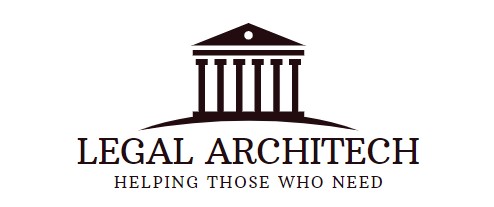Upon starting in the insurance industry in 1985, I found the ability to control my own schedule and have unlimited earnings potential particularly appealing. But those priorities gradually changed as my career evolved, and there may be some valuable lessons to learn for peers who are contemplating similar moves.
My first job with Equitable Life involved selling life and disability insurance, as well as annuities. It was a humble beginning that turned out to be a gateway for more than I could have imagined at the time.
Before long, I shifted to selling employee benefits as my interest in recurring income grew. For many years, I was an active broker in the small and mid-sized marketplace, selling fully insured and bundled self-funded health plans. Then my career trajectory changed yet again.
In 2009, with the help of Berkley Accident and Health, I created the first benefit captive insurance arrangement in the mid-Atlantic area. I was very much drawn to the notion of helping band together like-minded employers that were fully insured so they could reap the benefits of self-insurance, which include transparency, control of cost and quality and risk management. But it wouldn’t be the last time I would explore a specialty niche in our industry.
Read more: Why collaboration is independent brokers’ secret weapon
What I learned at the time was that there weren’t many effective risk-management strategies that really moved the needle on rising healthcare costs. I wanted my self-funded clients to perform well and, of course, remain happy clients. So I was eager to find effective risk-management solutions that also would help grow my book of business.
Then NextGen Benefits Founder Nelson Griswold approached me about joining his newly created mastermind partnership group, for which I became a founding member. In some ways, it was the broker equivalent of what I was trying to do in the captive insurance space from the standpoint of finding strength in numbers.
The goal of his mastermind was to have like-minded benefit agencies gather throughout the year, share ideas and help one another grow our respective businesses — and become better agency owners. I loved the idea of this elite alliance, since it always felt like I was working in a silo and didn’t have a true understanding of my competition’s value proposition.
Joining the mastermind awakened my entrepreneurial spirit. Nelson often would say, “if you want to travel fast, travel alone. If you want to travel far, travel together.” During these meetings, I’d walk away with dozens of fantastic ideas. I knew that if I could put just one or two of them to action, my agency could make considerable progress and grow exponentially.
Read more: What brokers should expect when it comes to compensation disclosure
As I began focusing on opportunities to manage my clients’ healthcare spend, I learned that the cost of medications in the United States were two to 10 times more expensive than the exact same name brand medications available in Canada and other so-called “Tier 1” countries. I began making these solutions available to my clients and recognized that there was a need in our marketplace for risk-management and engagement services.
But it meant stepping outside my comfort level as a benefits broker and becoming an expert on an increasingly important topic in our industry, which any of my peers who are thinking about making a similar transition will want to consider. While I still work as a broker, most of my time is now devoted to being a vendor. When I created ScriptSourcing, I always had fellow benefit consultants in mind. My biggest fear as a broker was to lose a client. Many employers think all brokers are about the same — offering the same products or services and same carriers.
My goal was to provide an offering that created significant savings to the employer and plan members, which could easily be quantified and measured. This would enable plan sponsors to better appreciate and value their benefit consultant’s services. In addition, I wanted to provide a solution that was easy for employers to agree to work with us, as well as hold our company accountable for delivering results. So we created a performance-based compensation arrangement that enabled employers to partner with us, work collaboratively, and most importantly, have aligned interests.
Read more: Should brokers of record ‘own’ a vendor relationship?
Like most employers, I have learned a lot through this journey. It’s about hiring the right employees, as well as developing a sales team, human resources and technology, establishing a legal team, creating an operations and invoicing team, hiring a president, learning about profit-and-loss statements, creating a positive workplace culture — and the list goes on. No one gets everything right initially, and our focus has been on continuous improvement.
I’m most proud of the fact that we now have more than 50 employees who care deeply about our hundreds of clients (not to mention one another), and have delivered phenomenal results. They include helping thousands of plan members access their maintenance medications for a $0 copay and saving employers well over $100 million. We also have been able to work with scores of benefit brokers and consultants, helping them deliver more value and grow their books of business.
On a personal level, it has been heartening to see our ScriptSourcing family grow with so many marriages and babies. Our employees have great relationships both at work and away from the office as we continue to introduce many highly effective risk-management solutions. It’s so important to create a congenial atmosphere that not only supports business objectives, but also the people behind those solutions — who we all know are our No. 1 asset.

